Famille des cactaceae
Sous-famille: Opuntioideae
Tribu: Tephrocacteae
Genre Austrocylindropuntia, Backeberg 1938
Nom scientifique: Austrocylindropuntia vestita
(Salm-Dyck) Backeberg 1939
(The New Cactus Lexicon, Ed. 2006)
Distribution: Argentine (Jujuy), Bolivie.
Etymologie: Austrocylindropuntia, du Latin "australis" = au sud, et "cylindrus" = cylindrique ;
Opuntia, origine du mot incertaine, soit d'Opunte (Ville de la Grèce antique), soit d'Opuns (en Inde) ;
vestita, dérivé du Latin "vestitus" = vêtu par rapport aux tiges recouvertes de poils.
Les Austrocylindropuntia sont originaires d'Amérique du Sud.
Basionyme: Opuntia vestita Salm-Dyck 1845.
Synonymes: Austrocylindropuntia chuquisacana, Austrocylindropuntia teres, Cylindropuntia teres, Cylindropuntia vestita, Maihueniopsis vestita, Opuntia chuquisacana, Opuntia heteromorpha, Opuntia teres, Opuntia vestita, Tephrocactus heteromorphus.
Nom vernaculaire anglais: old man opuntia.
Température de rusticité: - 5 °C si bref et tenue au sec.
Exposition: plein soleil à mi-ombre.
Culture: nécessite un substrat de type cactée minéral et drainant (1/3 de terreau, 1/3 de terre de jardin légèrement arileuse, 1/3 de sable de rivière grossier). Arroser de Mars à Octobre puis hiverner au sec. Laisser sécher entre 2 arrosages. N'apprécie pas les étés trop chauds et étouffants. Placer dans un endroit aéré.
/image%2F1217490%2F20210619%2Fob_1d2341_austrocylindropuntia-vestita-9.JPG)
Cactus de 25 cm de hauteur. Tige de 1,5-2 cm de diamètre.
Détail des feuilles au sommet des tiges cylindriques.
/image%2F1217490%2F20210619%2Fob_515c3d_austrocylindropuntia-vestita-10.JPG)
--------------------------------------------------------------------------------------------------
Donné supplémentaire
1)
/image%2F1217490%2F20211221%2Fob_5c0c4c_2021-12-21-083352-2.jpg)
Référence: Photo J. Lodé, Cactus Aventures International, N°62, Avril 2004, p 20.
2)
/image%2F1217490%2F20230304%2Fob_8ef130_austro-2.jpg)
Austrocylindropuntia vestita. Photo: Pr Roberto Kiesling.
Référence: Succulentes, Numéro spécial, 1999, page 42.

/image%2F1217490%2F20211216%2Fob_67e2e1_gymnocalycium-baldianum-9.JPG)


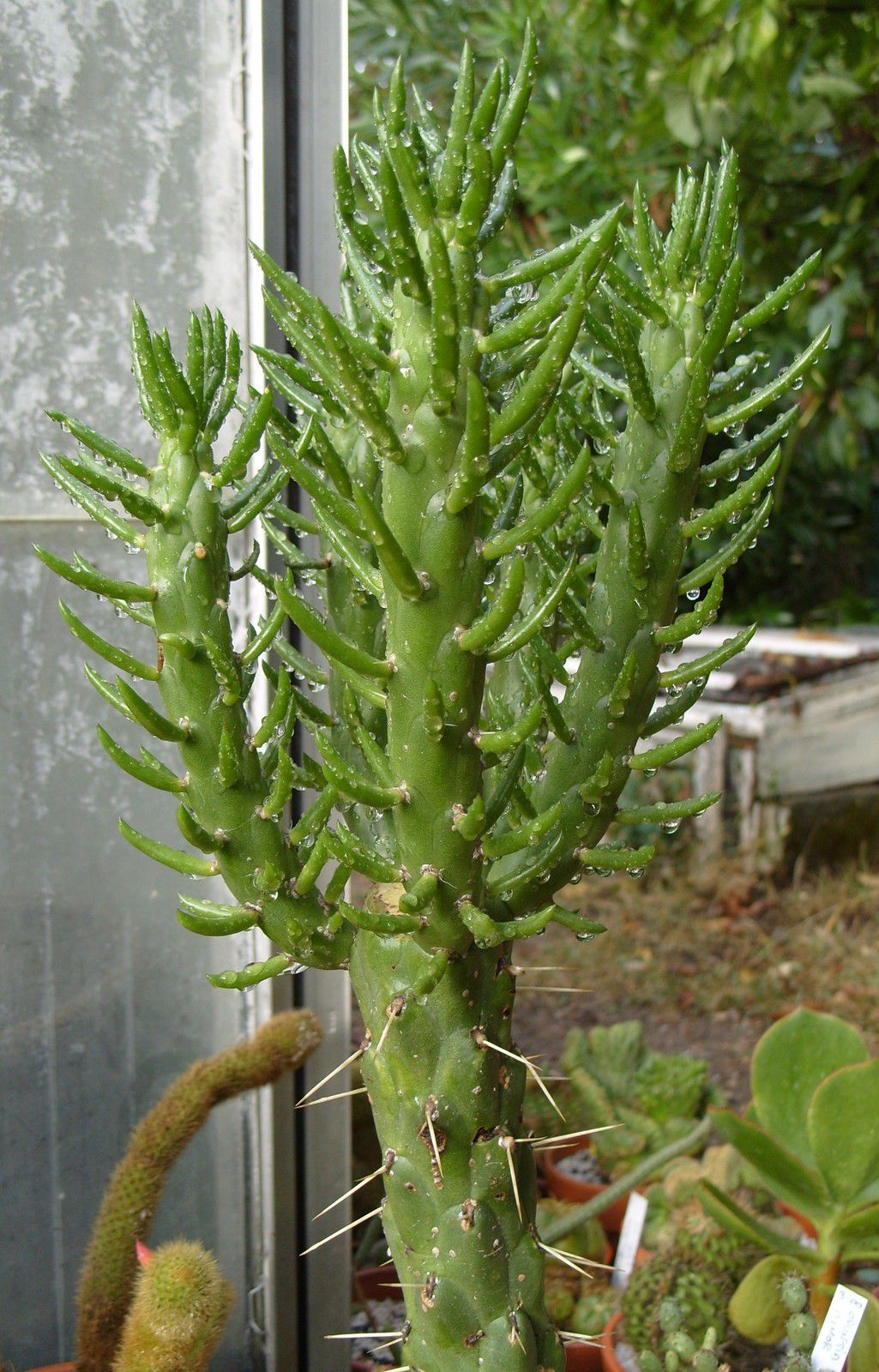

/image%2F1217490%2F20210307%2Fob_234cf5_20190414-082155.jpg)
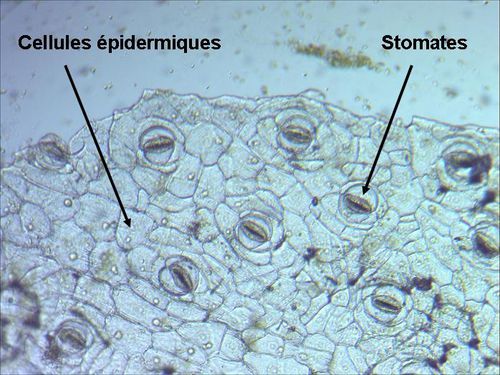
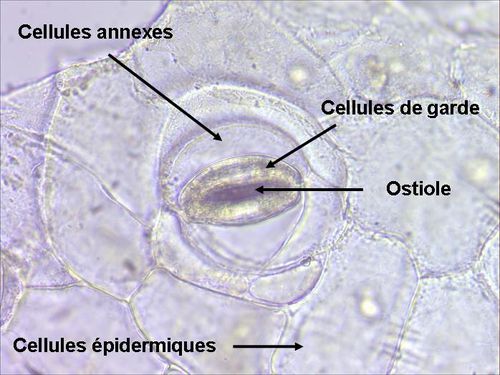




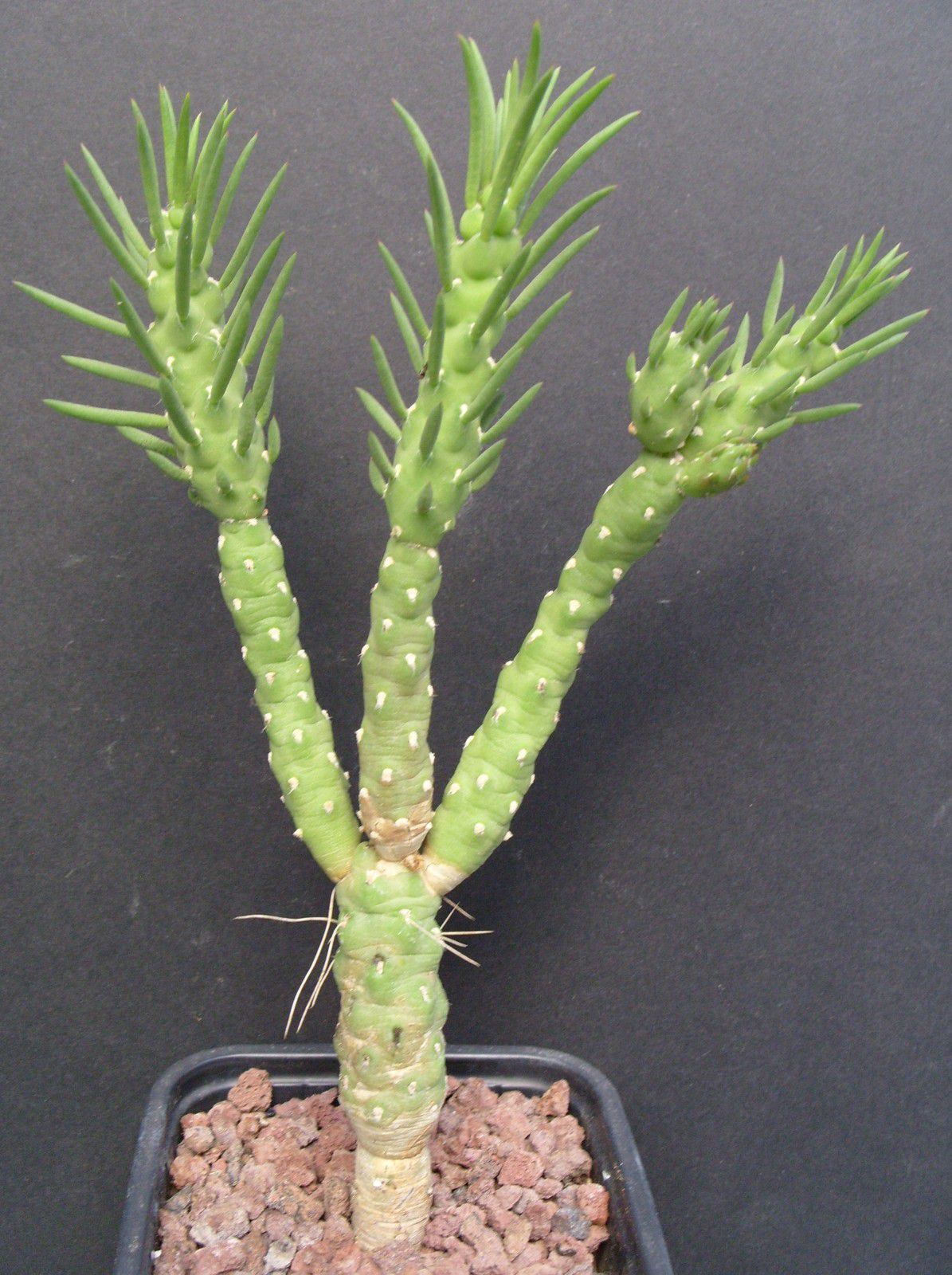
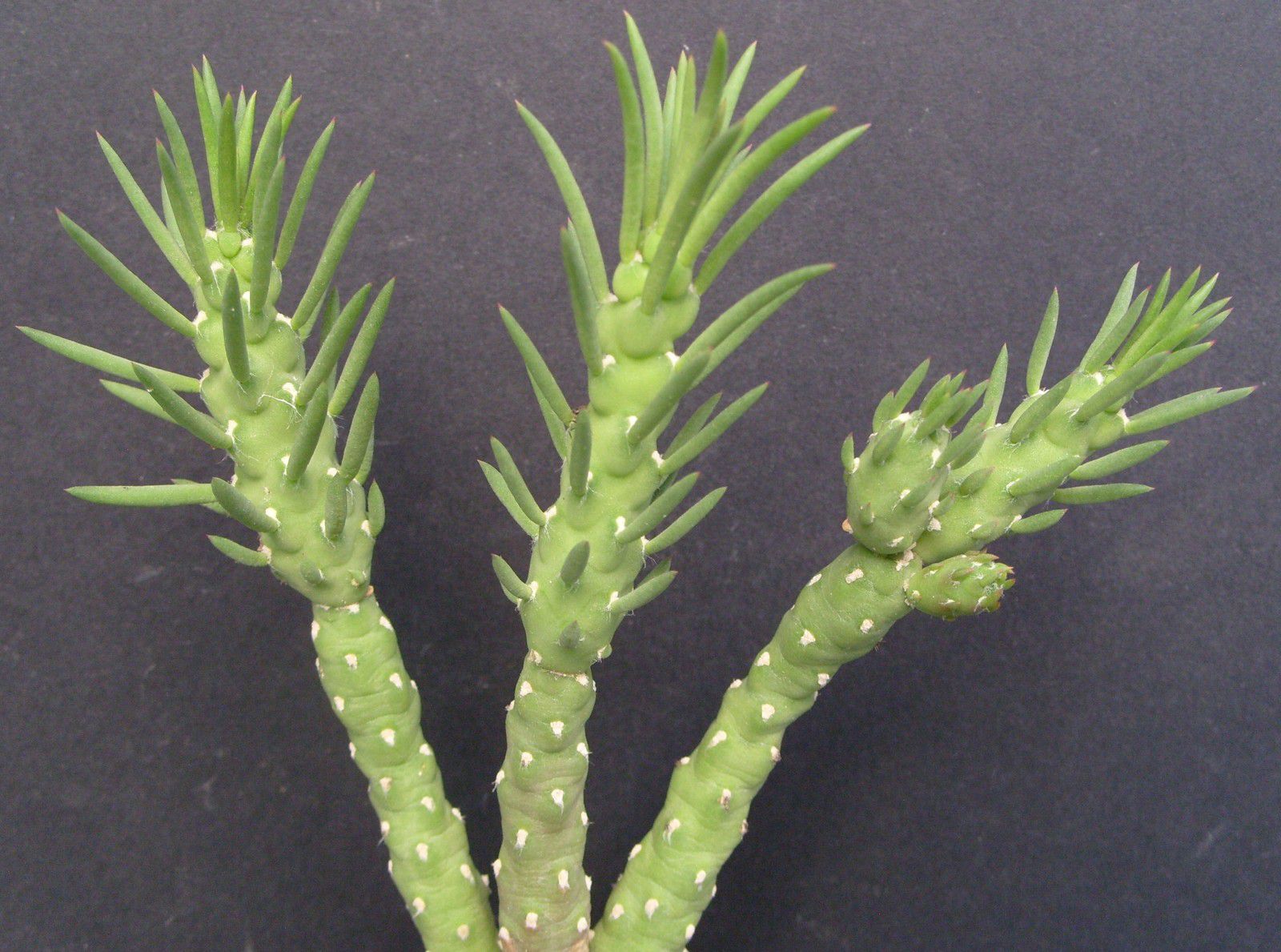
/image%2F1217490%2F20230304%2Fob_f792e0_austro-3.jpg)


/image%2F1217490%2F20231001%2Fob_fe4155_epiphyllum-oxypetalum-4.JPG)
/image%2F1217490%2F20231001%2Fob_a20e8e_img-7333.JPG)
/image%2F1217490%2F20231001%2Fob_21283f_kalanchoe-tuniflora-1.JPG)
/image%2F1217490%2F20230121%2Fob_197e7c_blog-parodoa-procera-9.JPG)
/image%2F1217490%2F20230121%2Fob_b113e6_blog-mammillaria-perbella-7.JPG)
/image%2F1217490%2F20230121%2Fob_7e9446_blog-mammillaria-matudae-16.JPG)